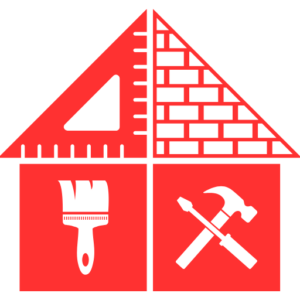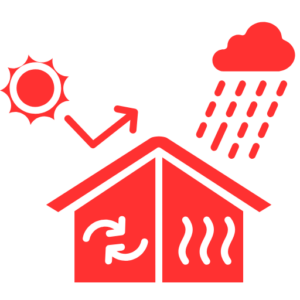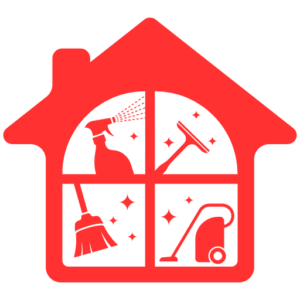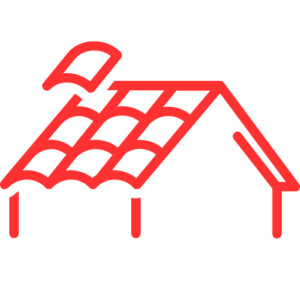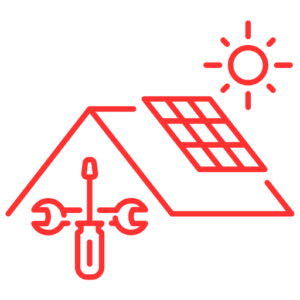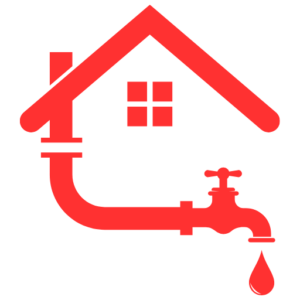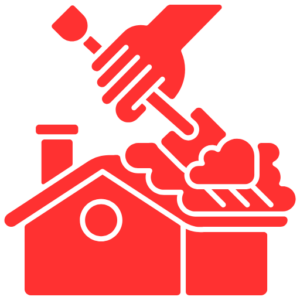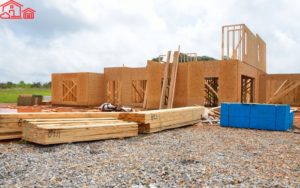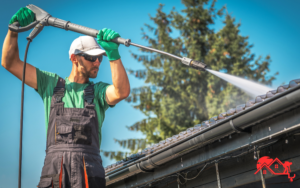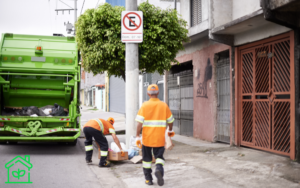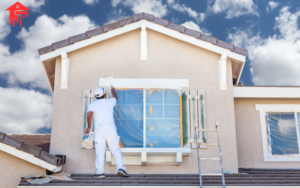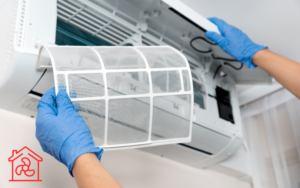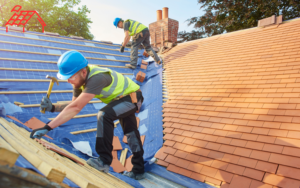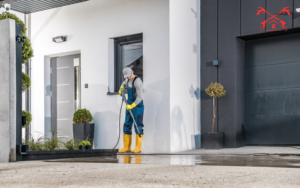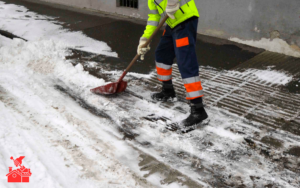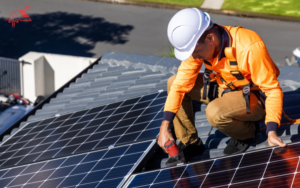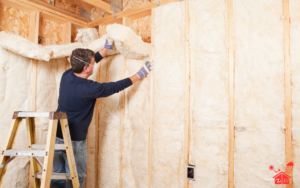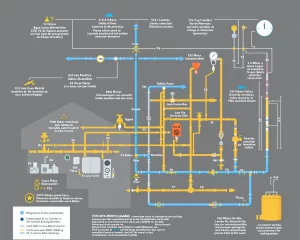Master Water, Sewer, and Gas Connections for Your ADU (No Surprising Permits and Costs)
Your ADU needs three things to function like a real home: reliable water, flowing sewers, and safely installed gas. To master these connections, assess existing capacity, determine if you’ll share meters, design the connections, apply for permits, coordinate inspections, and establish a realistic budget. This way, you can avoid delays, fines, and hidden expenses.
What will you learn in this blog?
- How to validate capacity, permits, and service line routing before digging.
- Separate vs. shared meter and line options for your ADU.
- Key slopes, diameters, and valves for a returnless sewer line.
- Gas load (BTU), materials, and pressure testing required by code.
- Costs, schedules, and a step-by-step process for hassle-free planning.
Start with the Critical: Capacity, Permits, and Smart Routing
Overview: Before discussing piping, confirm that your network supports it and that the municipality approves it. This step avoids costly redesigns.
Details:
- Capacity and connection point. Ask your city or water/sewer district for a “will-serve” or letter of availability. Verify dynamic pressure (ideally 50–70 psi) and whether the sanitary line has enough depth to maintain a gravity gradient to the street.
- Permits and Inspections. You will be required to provide sealed plans, load calculations (hot water, plumbing fixtures, gas BTUs), and inspection appointments (rough and final). Frequently Asked Questions: Do I need a specific permit for a gas connection? Yes, and documented pressure testing. Can I use the existing line? Sometimes; it depends on diameters, condition, and capacity.
- Service entrance routing. Plan short routes, without unnecessary turns or interference. Call 811 (utility locator) before digging. One customer told us, “I thought it was an old irrigation line”; it was gas. A proper line layout avoids financial scares.
Water without financial leaks: meter, pressure, and materials that last
Summary: Decide whether to share a meter or install a separate one; size it well to avoid low pressure during peak hours.
Details:
- Shared vs. separate meter. Sharing saves upfront fees, but complicates cost sharing and, in some municipalities, is not allowed for ADUs. A separate meter facilitates billing and sometimes prevents overloading the main house.
- Diameter and pressure. Typical 1″ branch lines to the ADU improve flow if the showers and washing machine are running simultaneously. Consider a pressure reducing valve (PRV) if you exceed 80 psi and a check/backflow valve if required by your jurisdiction.
- Materials: PEX-A or Type L copper for potable water; insulation in shallow trenches. If your ADU will be far away, a recirculation loop with a timer reduces wait times for hot water.
- Micro-anecdote: On a 200-foot project, going from 3/4″ to 1″ and adding a PRV kept showers stable and reduced complaints… to zero.
Sewer that flows (and never returns)
Summary: Gravity first. If there’s no slope, pump smart.
Details:
- Slope and diameters. Rule of thumb: 2% (1/4″ per foot) on 3–4″ pipe. Use SDR-26 PVC or ABS. according to local code. Avoid sharp changes in direction; use two 45° elbows instead of one 90° elbow whenever possible.
- Valves and registers. Install an accessible cleanout within 5 feet of the ADU and another close to the property line. In areas with a risk of backflow, add a backwater valve.
- Ventilation. Every trap needs proper ventilation; without it, they empty and odors develop. Yes, that “little trap” matters more than it seems.
- No slope? Consider a pump/ejector station with an alarm and check valve. It’s not ideal, but well-designed, it’s quiet and reliable.
Safety Gas Manual: BTUs, Materials, and Testing
Summary: Size for total demand and comply with pressure tests. There are no shortcuts here.
Details:
- Load and sizing. Add BTUs of the heater, stove, dryer, and furnace. Size the branch line and lengths according to code tables (IPC/UPC). Example: 180,000 BTUs at 120 ft may require 1″ or more, depending on the system.
- Materials and route. Properly grounded CSST indoors; buried yellow PE outdoors with tracer. Accessible shutoff valve in the ADU, and in California, consider seismic valve.
- Pressure test. Commonly 10–15 psi for 15–30 minutes with a gauge, no drop. Inspection before closing trenches or covers. Technicians who “just smell leaks” fail inspection.
- Coordination with the gas company. Schedule meter set-up ahead of time; some require photos, test certificates, and clear access.
Schedule and actual costs (to keep your budget in check)
Summary: Project ranges and times, then fine-tune based on length, soil, and local requirements.
Reference ranges (can vary greatly by city and site):
- Water: 2,000–8,000 $0,000 (plus connection fee if you install a new meter).
- Sewer: $3,500–$15,000 (more if asphalt, pumps, or extra depth are used).
- Gas: $1,500–$6,000 (material, testing, and utility coordination).
- Permits/Fees: $1,000–$6,000 (impact fees and district charges).
- Trenching and Replacement: $35–$85/ft3 depending on soil and finish (dirt, concrete, asphalt).
Step-by-Step Process (The Proven Path):
- Locate utilities (811) and survey the soil.
- Capacity calculations and service entrance design.
- Permitting and inspection scheduling.
- Trench excavation and protection.
- Installation of pipes, valves, and meters.
- Testing: pressure, tightness, flow rates.
- Official inspection (rough and final).
- Filling, compaction, and restoration of finishes.
- Commissioning and as-built for your records.
Quick questions you may already be asking:
- Is a separate water meter advisable for the ADU? Yes, if you’re looking for separate billing and better control; check with your municipality if it’s required.
- What’s the minimum slope required for the sewer line? 2% in most cases (check your local code).
- Do I need a gas seismic valve? In several jurisdictions, yes; ask your building department.
- How long does it all take? 3 to 8 weeks from permits to reconnection, depending on inspections and finishes.
Conclusion and next step
Mastering the water, sewer, and gas connections for your ADU is all about preparation, good design, and no compromises. With clear decisions (meters, slopes, gas charges) and an orderly process, your ADU will run like a champion from day one. If you want a plan and a quote without the fine print, Any Service Near Me can help you from start to finish. Ready to move forward? Request a Quote and let’s get your ADU up and running safely and on time.
FAQ
How much does it cost to build an ADU, and what does it depend on?
The cost depends on the type of ADU (detached, attached, or garage conversion), size, finishes, site complexity, utility connections, and local permits. For a clear estimate without surprises, request a personalized quote from Any Service Near Me.
How long does it take from design to use?
On average, the entire process typically takes 3 to 6 months depending on design complexity, permitting times, and climate. This process is expedited with comprehensive end-to-end management like the one offered by Any Service Near Me.
Do I need permits, and who is responsible for local regulations?
Yes, in the United States, almost every city requires permits and code and zoning compliance. To avoid delays and rejections, it’s a good idea to have a specialized team manage the entire process, as Any Service Near Me does.
Which type of ADU is right for me: detached, attached, or garage conversion?
It depends on the use (rental, office, family), available space, privacy, budget, and access to amenities. A site assessment helps inform your decision, and you can request one from Any Service Near Me.
Does an ADU increase my property value or help me generate income?
A well-designed ADU typically increases property value and allows for rental income where regulations allow. To maximize your return, plan the layout, efficiency, and finishes with Any Service Near Me.
Can I finance an ADU, and what are the options?
There are often alternatives such as HELOCs, equity refinancing, construction or renovation loans, and local incentives, and comparing options is easier with expert guidance like that of Any Service Near Me.













